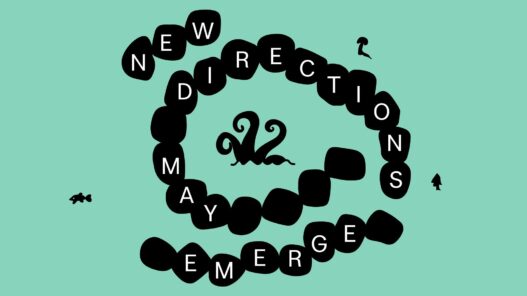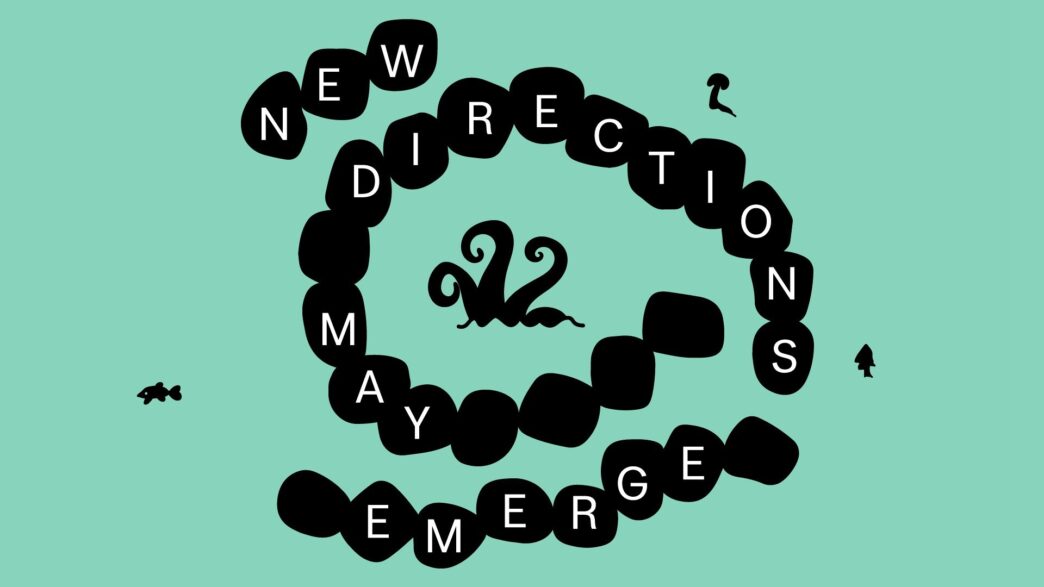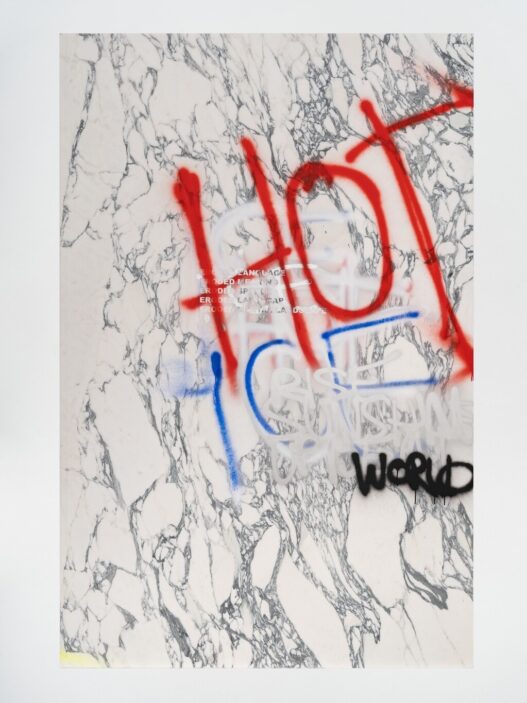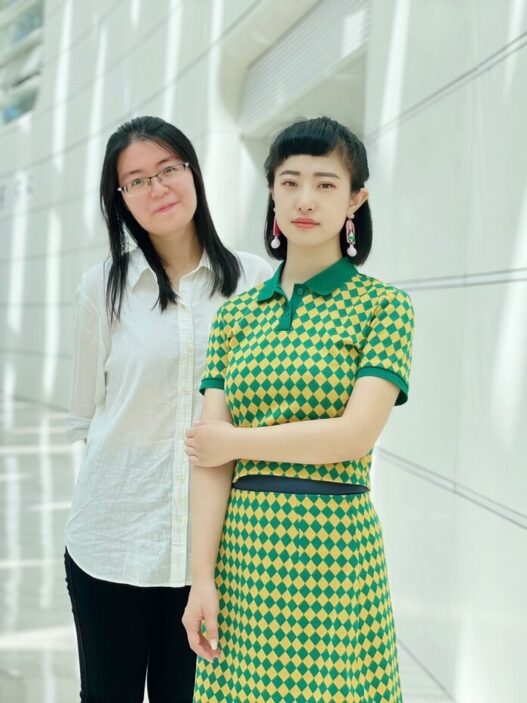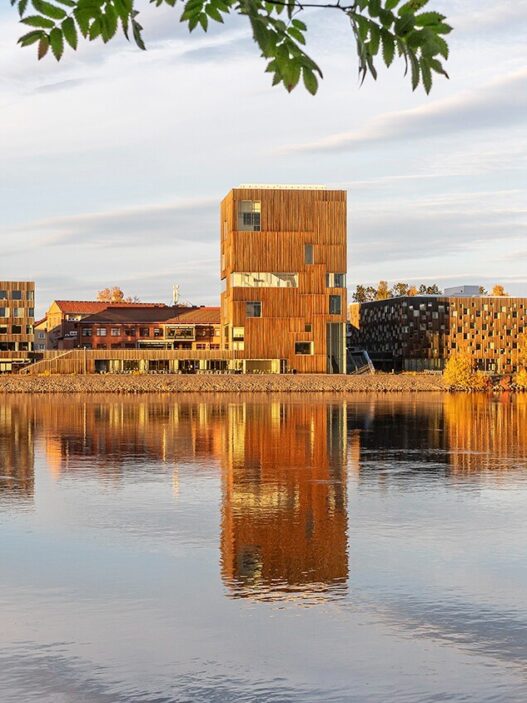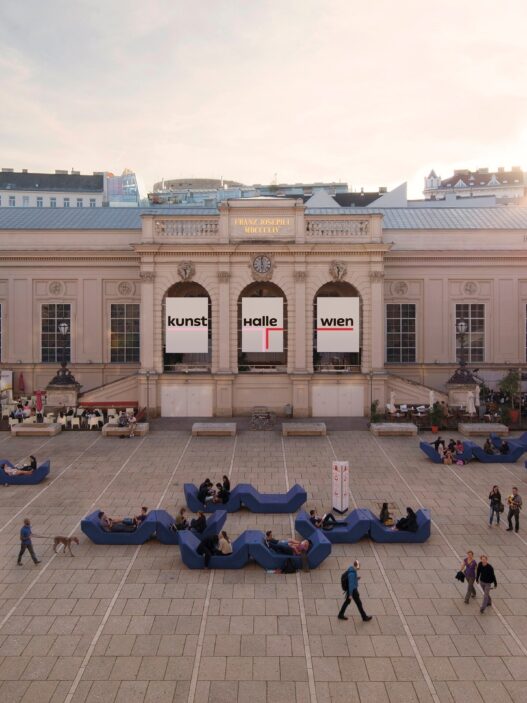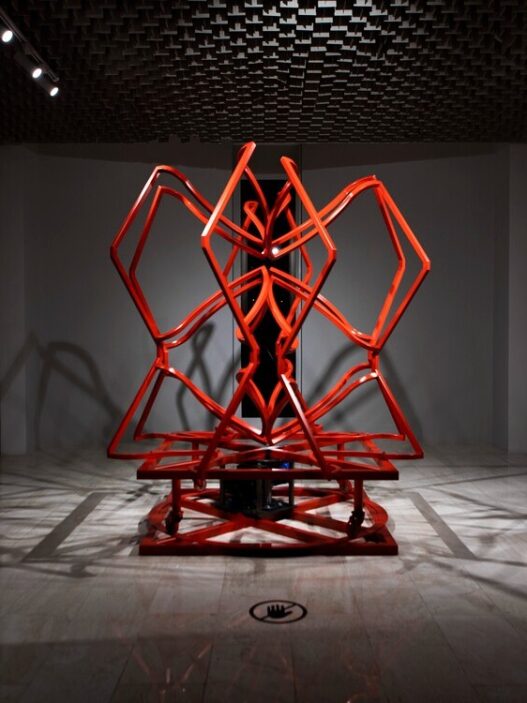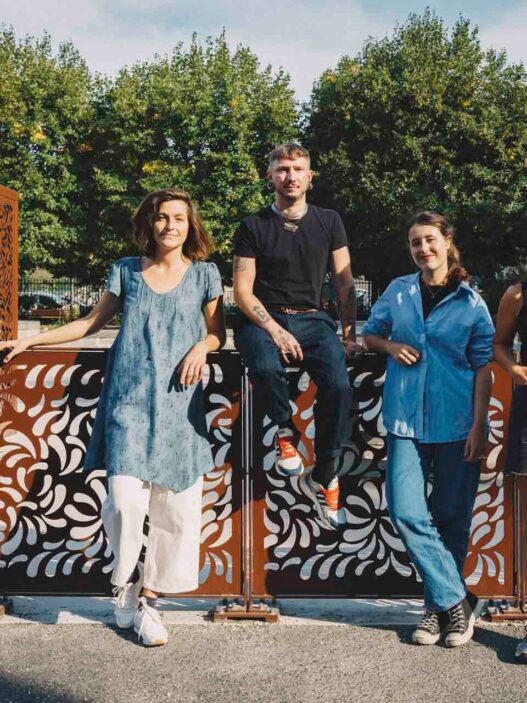The title of Helsinki Biennial 2023 is New Directions May Emerge, and it will bring together roughly 30 established and rising artists and collectives from Finland and around the world.
The biennial, curated by Joasia Krysa, reflects on some of our time’s most pressing topics, such as environmental devastation, political conflict, and the effects of technology.
Working with both human and nonhuman agencies, Krysa has invited five arts, research, and technological entities as curatorial collaborators: Critical Environmental Data, a research group at Aarhus University, exploring nature as data and the many possible futures that might emerge; Museum of Impossible Forms, a cultural centre located in East Helsinki, and the coming together of communities of art and cultural workers working to build anticolonial, antipatriarchal, and non-fascist practices and futures; TBA21–Academy, a contemporary art organization and cultural ecosystem fostering a deeper relationship to the ocean through the lens of art to inspire care and action; ViCCA @ Aalto Arts (Visual Cultures, Curating and Contemporary Art), a transdisciplinary major at Aalto University’s School of Arts, Design and Architecture; and an A.I. Entity created as a collaboration between HAM Helsinki Art Museum Collections and Digital Visual Studies, a Max Planck Society project hosted at the University of Zurich.
Comprising of over 50% new commissions and site-specific works, the first participants to be announced include:
Matti Aikio (Finland), Dineo Seshee Bopape (South Africa), Danielle Brathwaite-Shirley (UK), Sasha Huber (Switzerland/Finland) & Petri Saarikko (Finland), Keiken (UK), Sonya Lindfors (Cameroon/Finland), Lotta Petronella with Sami Tallberg & Lau Nau (Finland), Tuula Närhinen (Finland), Diana Policarpo (Portugal), Sepideh Rahaa (Iran/Finland), Emilija Škarnulytė (Lithuania), and Adrián Villar Rojas (Argentina).
In 2023, the biennial will expand beyond the island of Vallisaari to include the city of Helsinki, the world’s northernmost metropolitan area, to celebrate its location in the Gulf of Finland. The biannual, which focuses on outdoor places on the island, also spans the mainland. Other biennial locations include the HAM Helsinki Art Museum, the Helsinki Central Library Oodi, cultural centers throughout the city, and online, with more to come.
“As contamination changes world-making projects, mutual worlds—and new directions—may emerge.” —Anna Lowenhaupt Tsing.
New Pathways May Emerge takes its term from anthropologist Anna Lowenhaupt Tsing’s proposal to learn through (the art of) “noticing.” The biennial investigates how we could create new ways of living in and comprehending the world by paying attentive attention to other people, animals, plants, the environment, data, and other elements around us.
The biennial unfolds through multimodal activities of observing, sensing, and making sense. Moving from humans to non-humans and between different scales—a spectrum spanning data as the smallest scale to islands and speculative new worlds as the largest—the biennial invites audiences to consider how recognizing small or otherwise invisible details might prompt possibilities to act, imagine differently, and reconcile the impact of human intervention, environmental and technological damage.
Three major philosophical themes are introduced in the biennial: pollution, regeneration, and agency. The Baltic Sea is one of the world’s most polluted bodies of water, having been subjected to pollution from violent regimes and unchecked industrialism. Nonetheless, the Helsinki Biennial suggests additional levels of productive contamination as a result of the cross-pollination of practices and ideas. Recognizing that biennials are frequently predicated on concepts of urban regeneration, both in terms of tourism and the economy, it also suggests how exhibits can be a force for healing and rehabilitation. Finally, the idea of agency investigates how human existence, the environment, and technologies might coexist to yield unexpected effects. Krysa expands:
“How might contamination be a force for positive change? How can we use biennials for the wider regeneration of things? How might agency extend beyond humans to other nonhuman entities and assemblages, including artificial intelligences? How might these threads be channelled into rethinking the ways that practices and future worlds might be conceived?”









